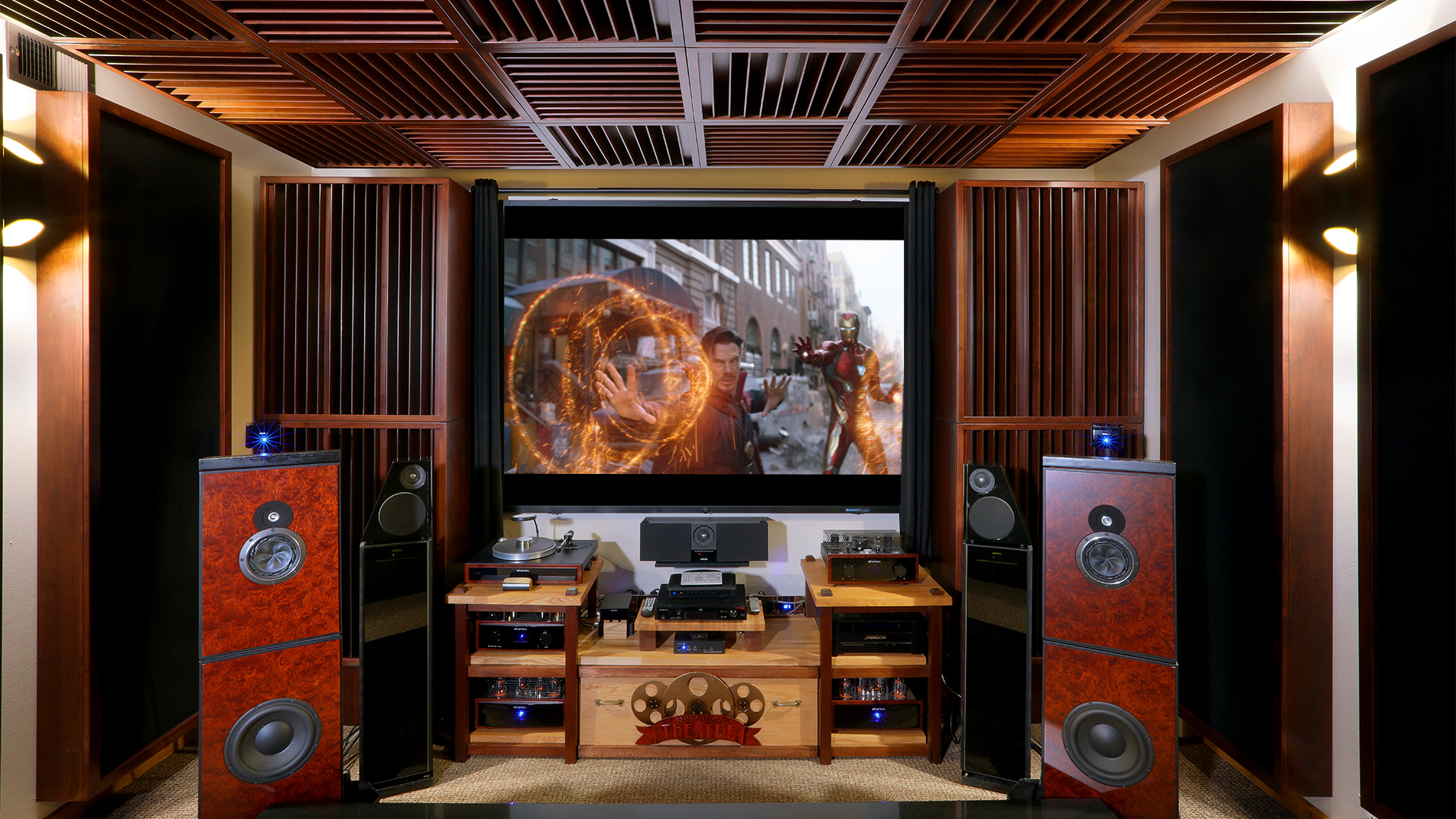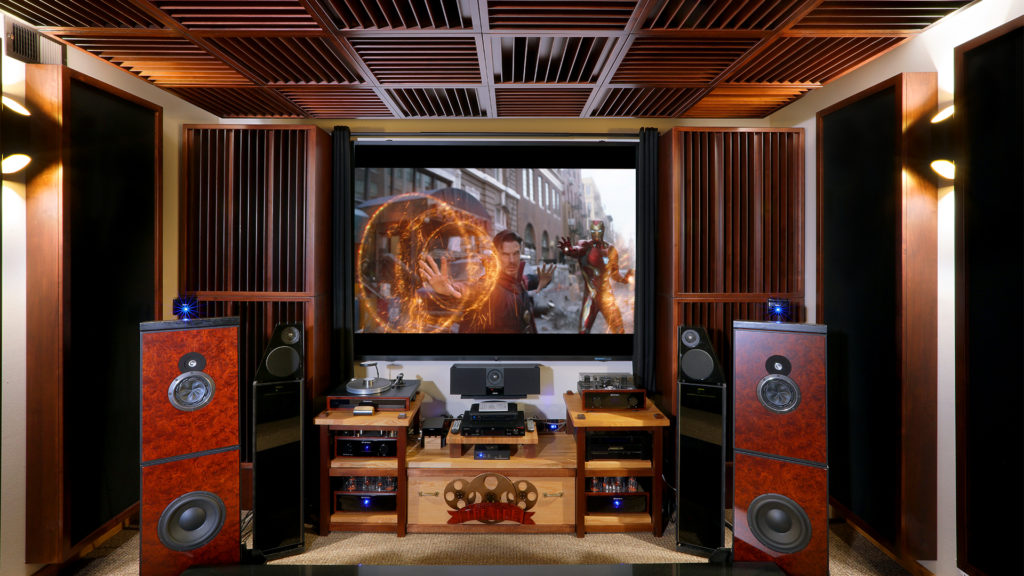
The placement for surround speakers within a small theater is critical for both music and voice. Sound travels at a certain speed and the goal with speaker placement is to make sure the distances from source (speaker) to the receiver (you) are in line with the sonic objectives of your room. With all of this sonic energy coming at you from multiple directions, you must take careful consideration for the placement of the front channels along with the placement for surround speakers. Multiple channels can be placed to address both music and movie presentations. Each is different in the speaker set ups and the ultimate placement for surround speakers. Let’s take a look at both approaches and then consider the objectives we are trying to achieve. In any critical listening environment, you must first decide what your sonic goals are then you do your set up with the front channels and the placement for surround speakers. https://www.merriam-webster.com/dictionary/surround%20sound
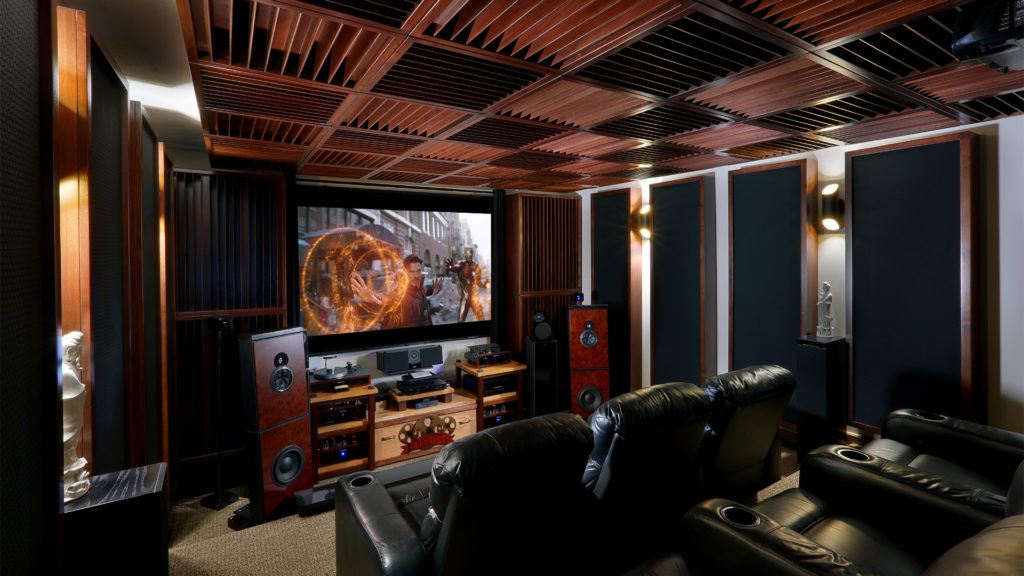
Placement for surround speakers
Let’s focus on the presentation value for music. Let’s use a stereo system set up as a guideline. When you set up a two channel system care is taken to make sure the speakers are equidistant from each other. You also want the distance between the speakers to be equal to the distance from the speakers to the listening position. You also want the distance from each speaker to each sidewall to be the same. This is the famous equilateral triangle that most setups follow. Equal distances means the sound energy from both speakers arrives at your ears at the same time. It also means that the sidewall reflections travel the same distance so you can maintain a proper stereo image. The stereo image is a blend of the direct energy from your speakers, and the reflections from both the left and right sidewalls. This is our goal with any placement for surround speakers.
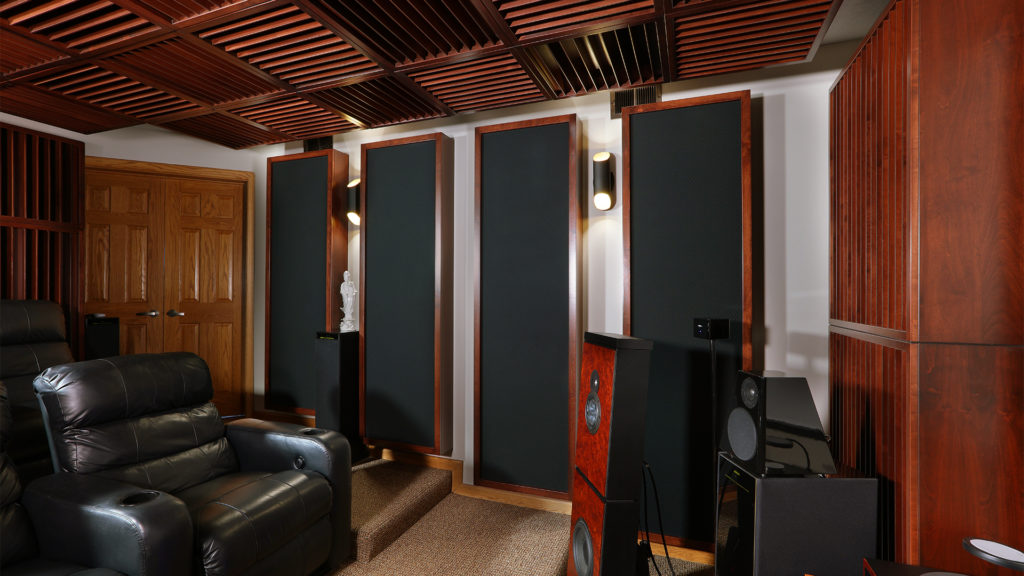
We will use a similar set up paradigm for multiple channels. Let’s use our distance variable first. We will set up the left, left, center, right center, right, sides and rear channels equidistant from the listener to the channel speaker. With this set up the arrival times at the listening position from all of our channels is equal or as equal as we can achieve for purposes of this illustration. Our goal at Acoustic Fields is to achieve the highest resolution possible from our gear and our room. The gear operates on its own after powered up. We have little control over that part of the sonic process. However, we have a large amount of control over the room sound. Let’s use music as our source. Set your processor to “all stereo”. This will allow for a more equal distribution of energy from all the channels. Our goal is a strong and wide central image which “stays” on the screen with our placement for surround speakers. https://en.wikipedia.org/wiki/Stereophonic_sound
Speaker setup for home theaters
The sides and rears are used to support the front of the house speakers. In our set up, we have four front of house speakers. We have a left, left center, right center, right channel along with sides and rears. You should have a strong center image where the video and the audio are in sync. We have such a high room resolution that we can see where the engineer did not align the video and audio signal as well as could have been. This feat is especially tricky with a sync of a live audio performance to video. Your soundstage should be balanced with equal distribution of the talent across the screen. The audio should be better than the video. The audio is physical. The video is visual. With a high resolution audio presentation the video will work better. We have an immediate response in our minds and bodies to music. The visual must go through our brain for processing before it enters our hearts. Once into the heart then the physical. Visual is like a DAC. There must be numerous conversions involved. With music, the connection is physical from the beginning.
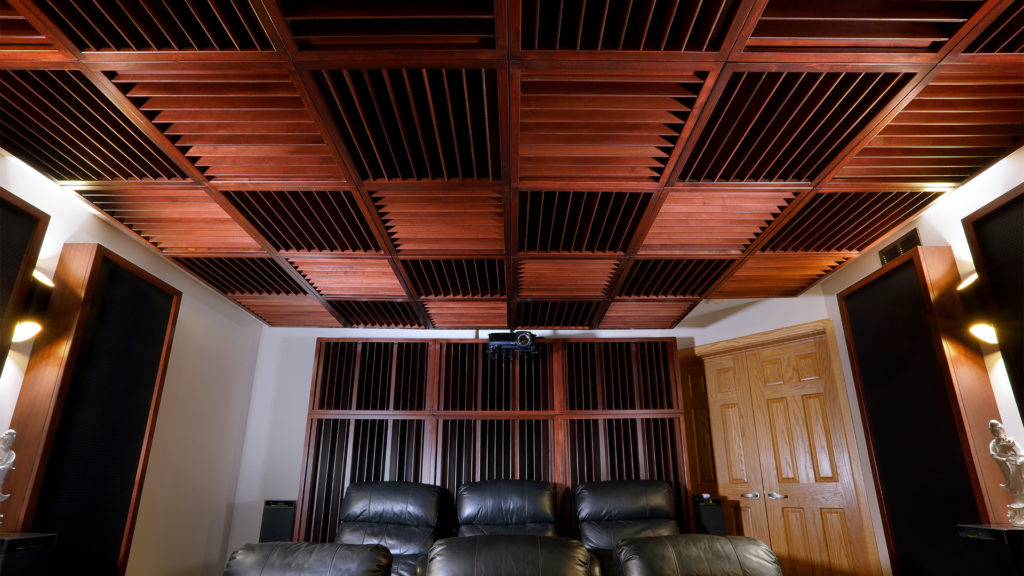
In Summary
The gear will do its thing. We must do our thing for the room. The room accounts for 60% of what we hear. It must be treated using proper room size and volume to match the usage. It must be quiet with a low noise floor so we can hear every watt of energy and the music within. We must have all low frequency pressure modal issues treated so that there is a smooth frequency response with no spational irregularities. Reverberation (reflection) times must be equal throughout the room. The soundfields (3) must be equally diffused. For small theaters, we have used diffusion on the ceiling and rear walls. We will be testing diffusion on the front wall and the sides throughout this year. Watch the video presentation on our youtube channel. https://www.acousticfields.com/videos/. Make sure you are feeling the music and not thinking about your room.


